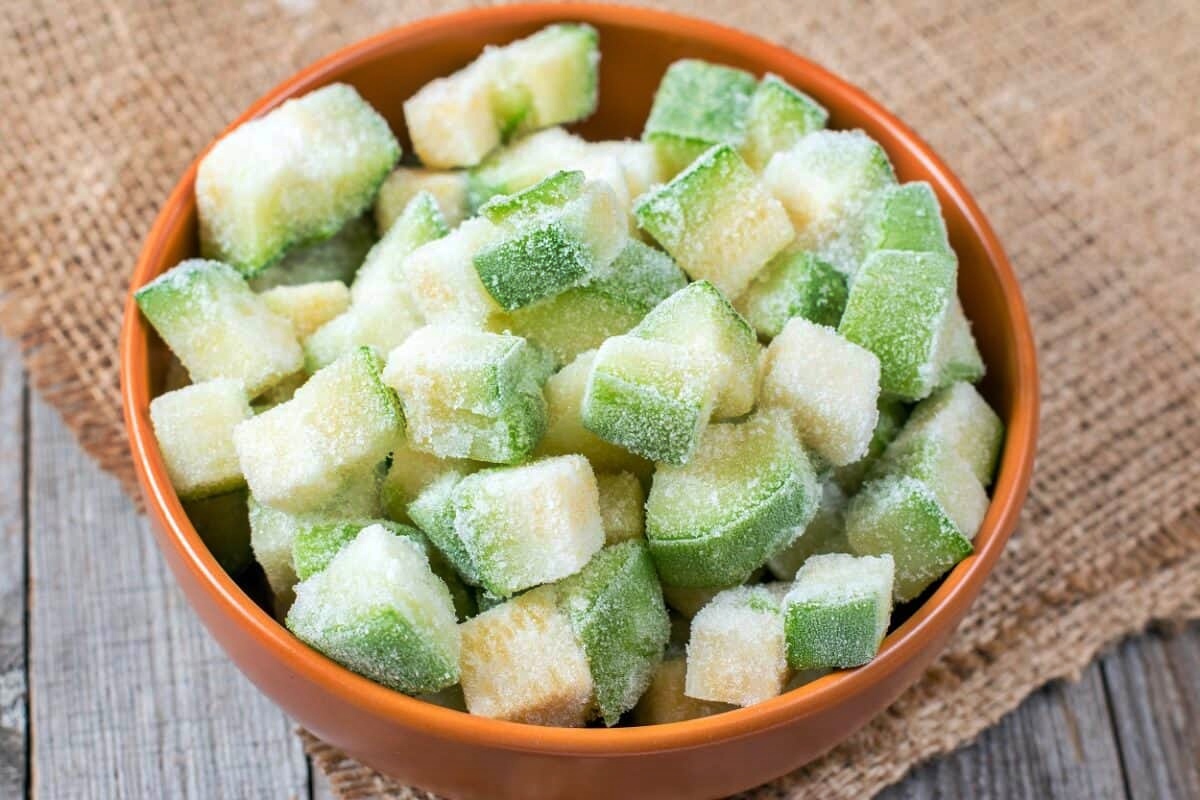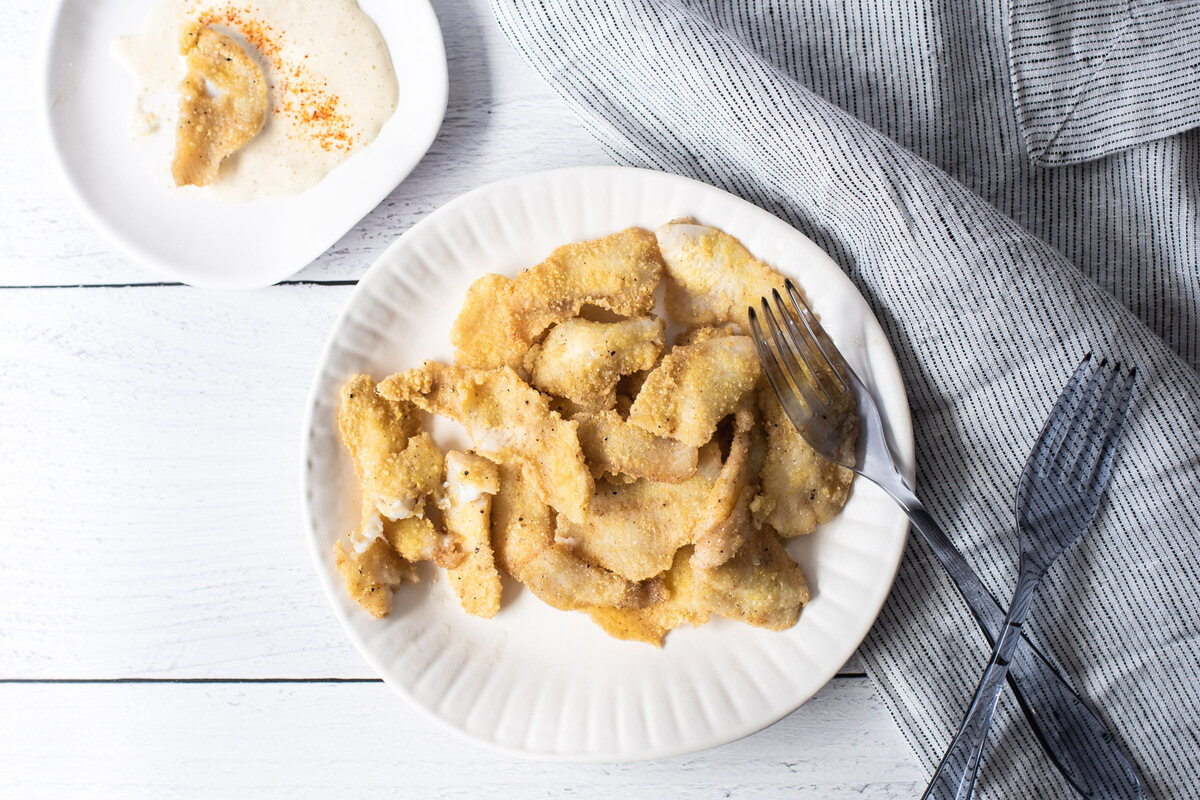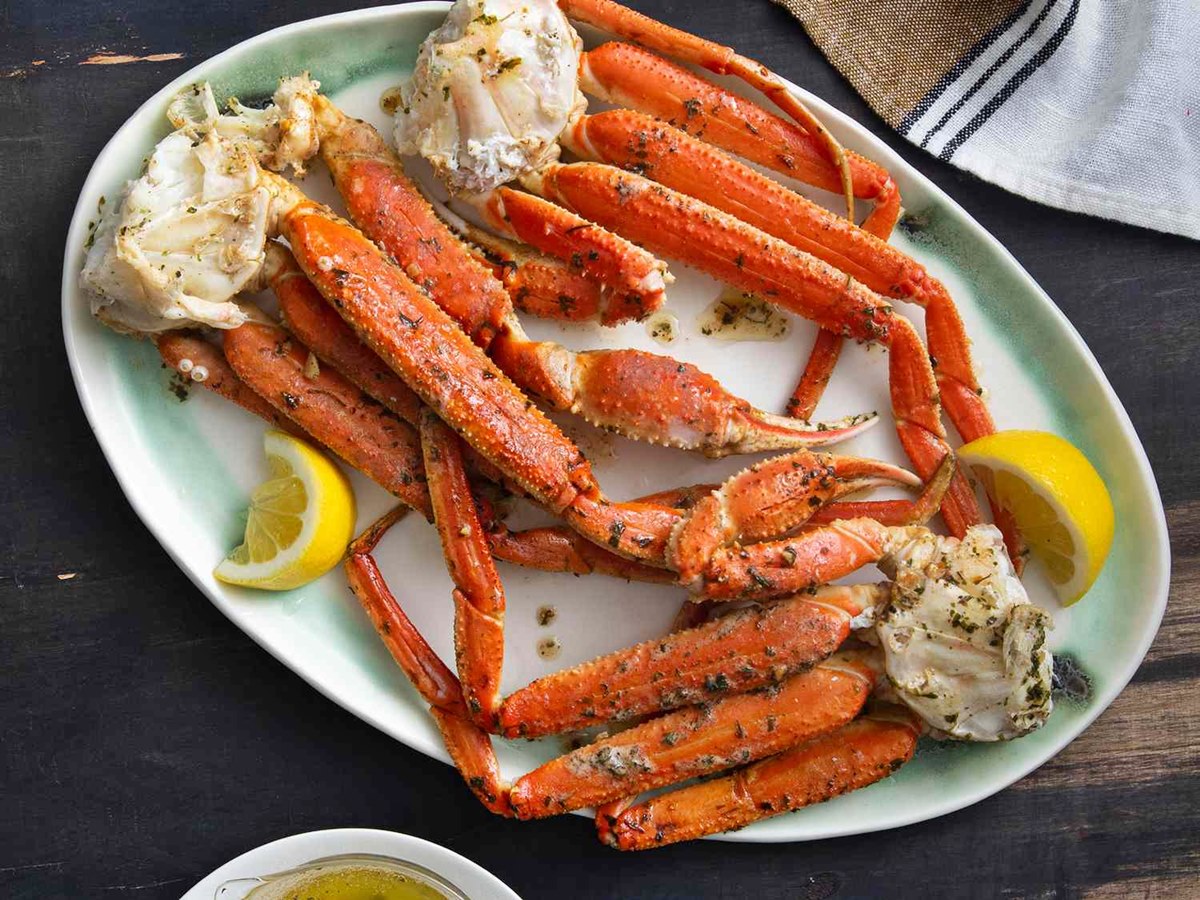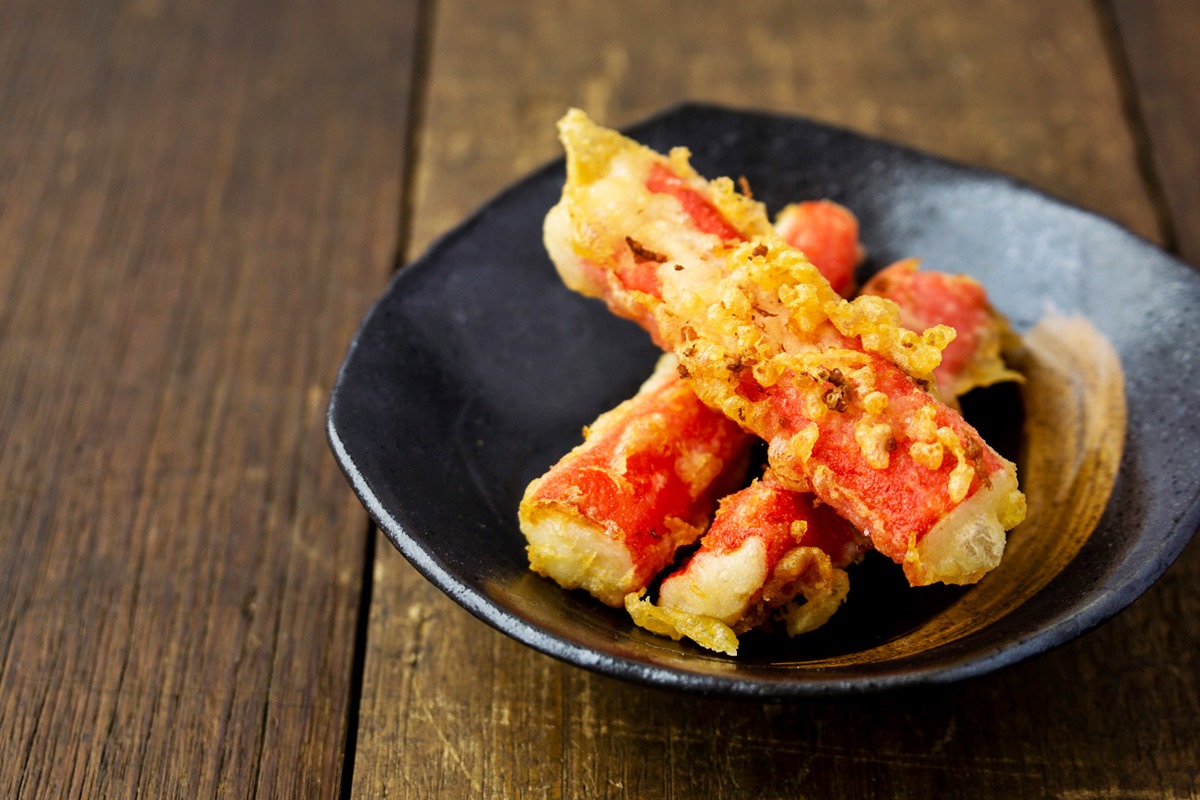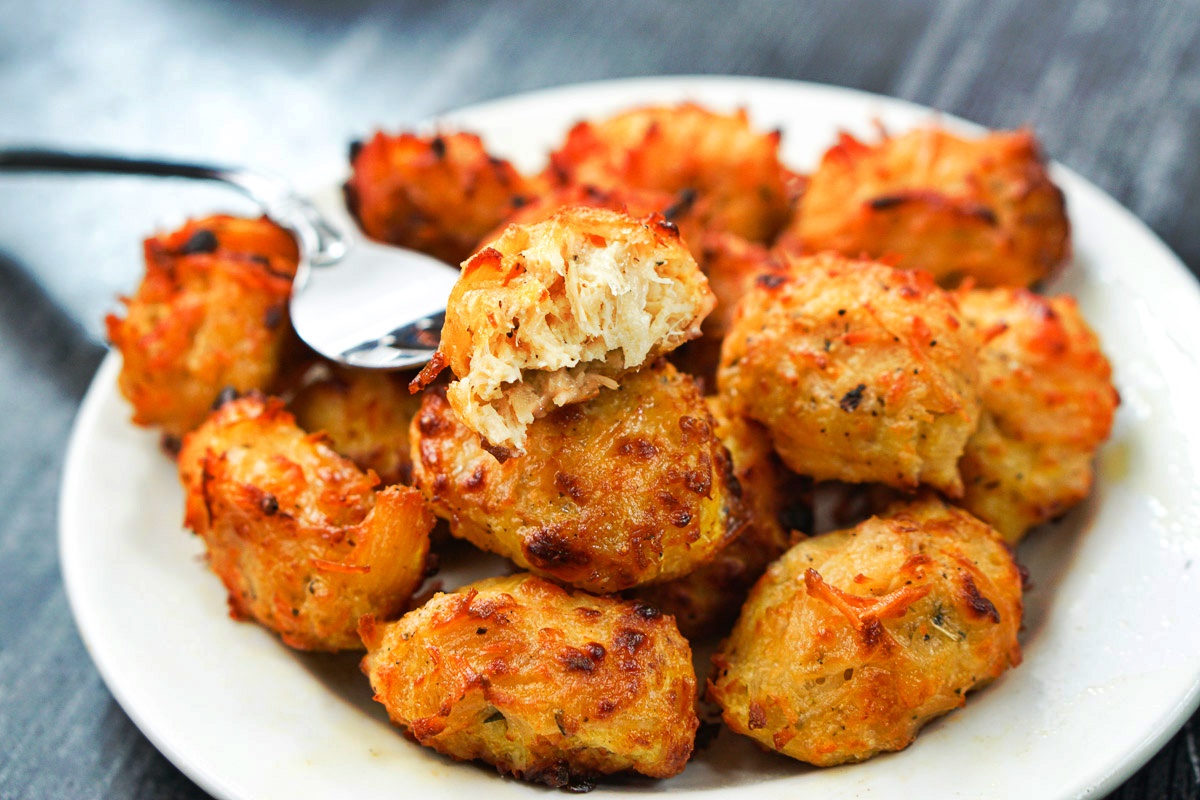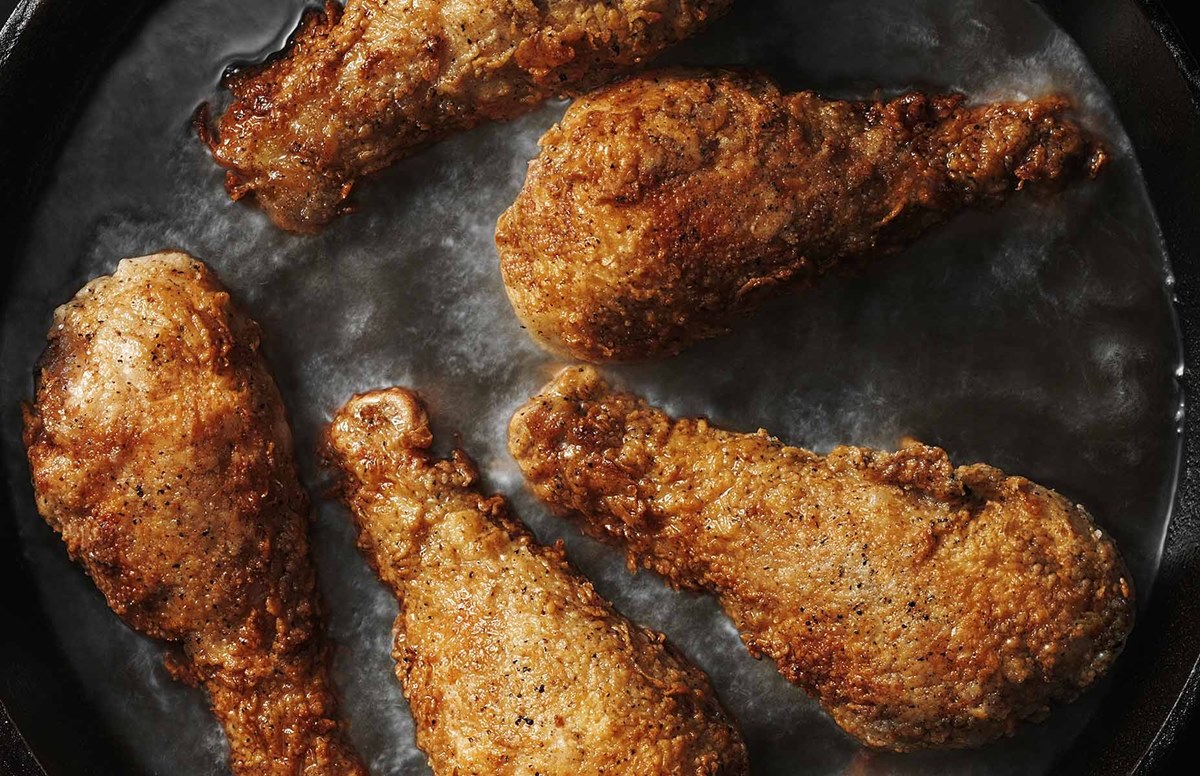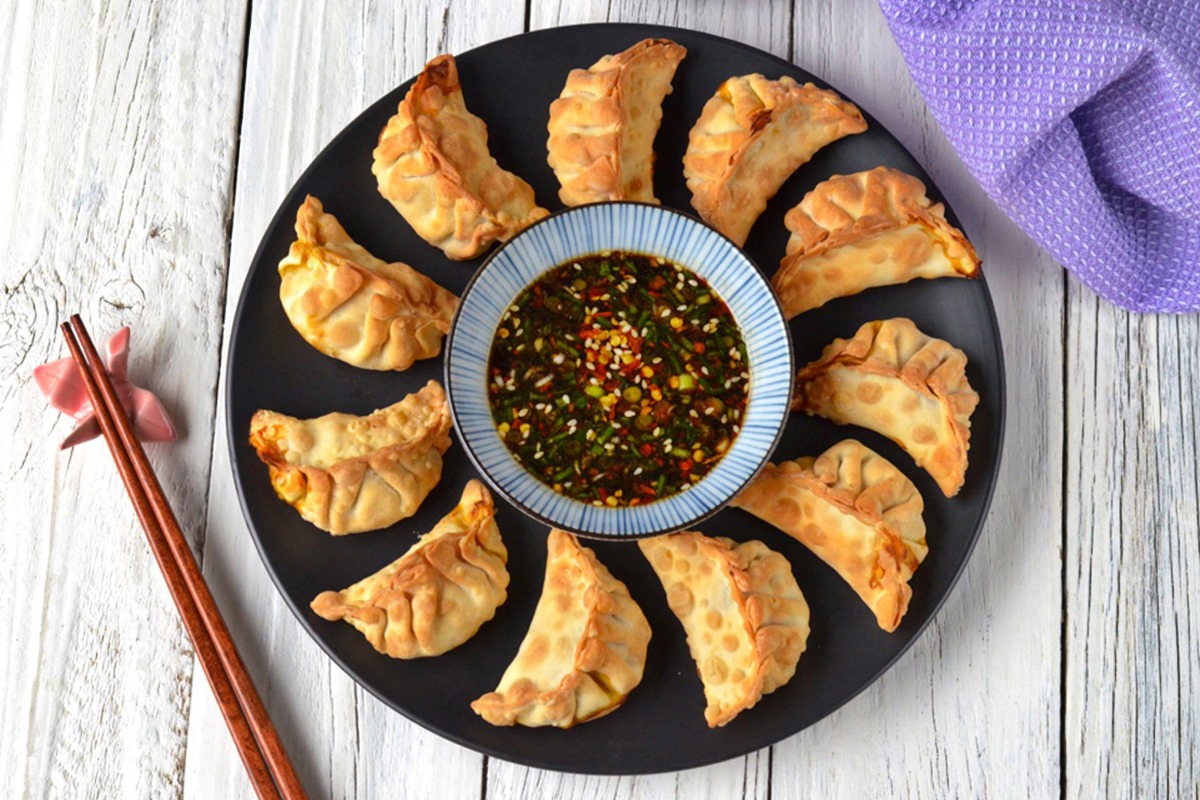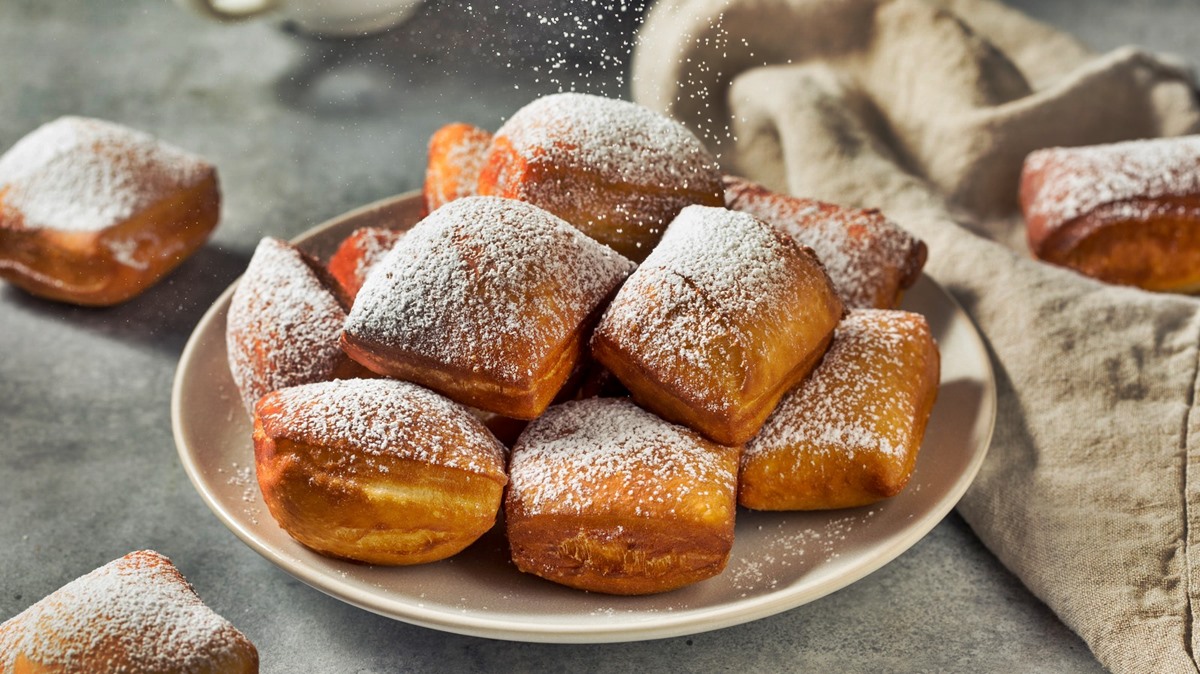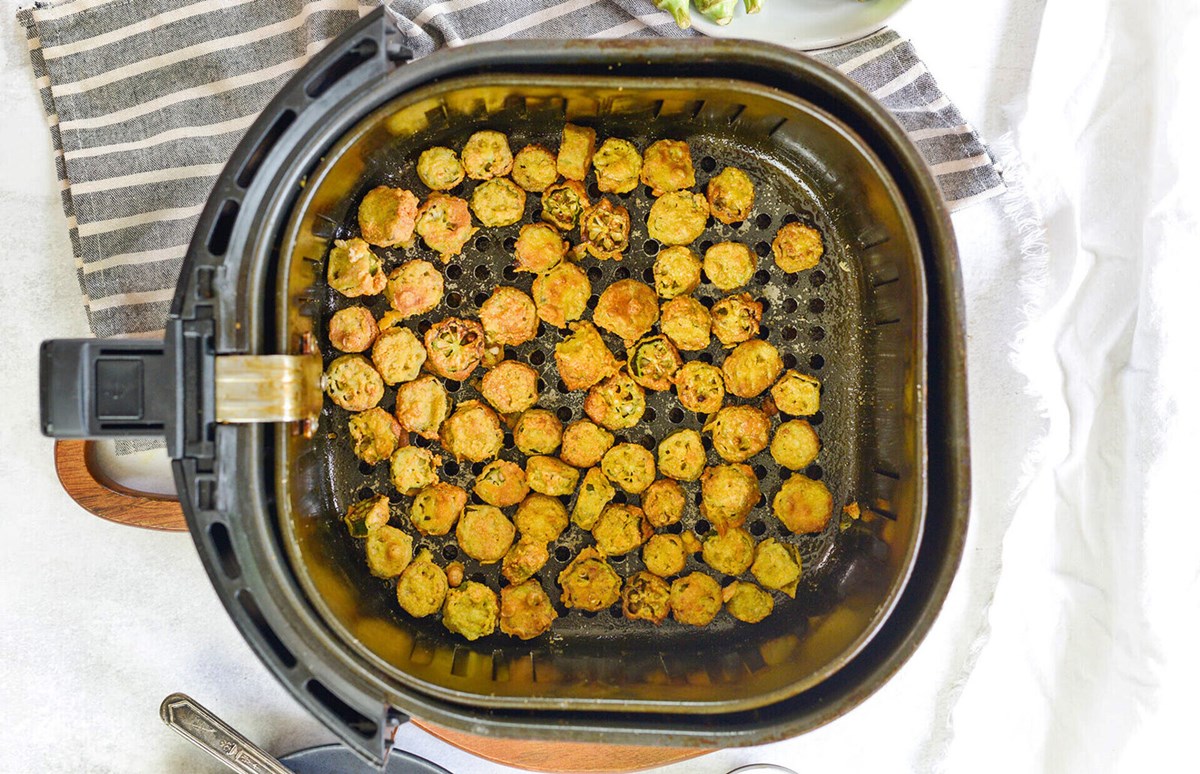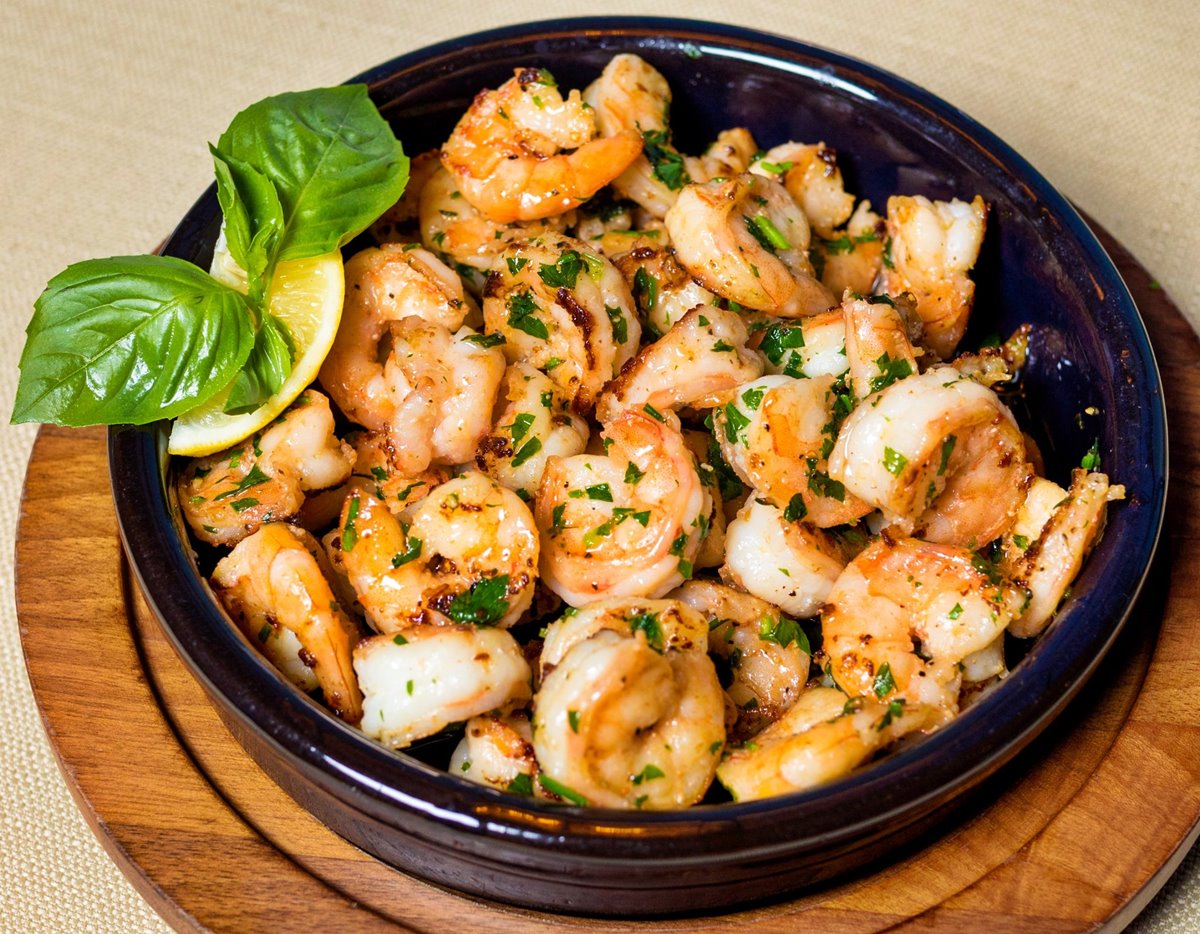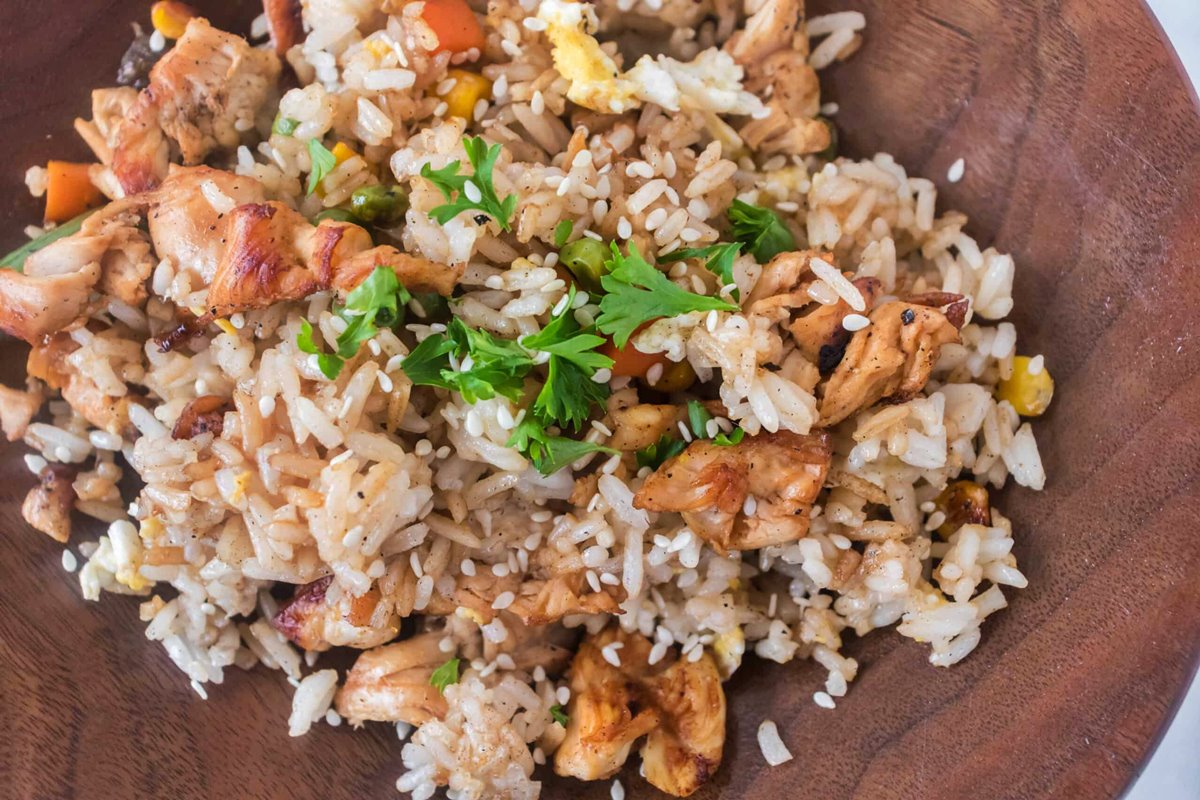Frying meat transforms it from simple ingredients to a mouthwatering dish with rich flavors and enticing aromas. Whether you're an amateur chef or just starting your culinary adventures, mastering the art of frying meat is a game-changer. This process involves cooking your chosen cuts in hot oil or fat, achieving that perfect golden crust while keeping the inside juicy and tender. From selecting the right oil with a high smoke point to understanding the importance of meat temperature, we'll guide you through essential tips for frying meat like a pro. Get ready to elevate your cooking skills and impress with your frying prowess.
Essential Ingredients for Frying Meat
- Meat (chicken, beef, or pork)
- Salt
- Pepper
- Garlic powder
- Onion powder
- Vegetable oil or olive oil for frying
Must-Have Tools for Meat Frying
-
Skillet or frying panPreferably non-stick or cast iron for even heat distribution.
-
SpatulaA sturdy one for flipping and moving the meat around.
-
Meat thermometerEssential for ensuring the meat is cooked to the right temperature.
-
TongsUseful for turning larger cuts of meat.
-
Paper towelsFor draining excess oil from the meat after frying.
-
Cutting boardNeeded for slicing meat if necessary before or after frying.
-
Sharp knifeFor cutting meat into desired sizes.
-
Plate or trayTo hold the meat before and after frying.
-
OilChoose a high smoke point oil such as vegetable, canola, or peanut oil.
-
SeasoningsSalt, pepper, and any other desired spices for flavoring the meat.
For perfectly fried meats, ensure your pan is hot before adding oil. This method prevents sticking, ensuring a beautifully seared exterior while keeping the interior juicy and flavorful.
The Importance of Frying Meat Properly
Frying meat is a technique beloved for its ability to seal in flavors and achieve a crispy exterior. This method, through high heat, caramelizes the surface, creating complex tastes and textures. It's not just about cooking; it's an art that transforms simple cuts into succulent, mouth-watering dishes.
Moreover, frying meat is a quick and versatile cooking method, suitable for various types of meat. Whether you're preparing a steak, chicken thighs, or pork chops, frying ensures a delicious outcome in minutes. It's a go-to for meals that impress, without the need for extensive preparation or cooking time.
Your Ultimate Guide to Frying Meat
Step by Step Guide: How To Fry Meat Perfectly
-
Selecting Your Meat: Choose cuts that are well-suited for frying. Steaks, chops, and ground meat patties are ideal choices. Look for pieces with a bit of fat for flavor and tenderness.
-
Prepping Your Meat: Bring your meat to room temperature by taking it out of the fridge about 30 minutes before cooking. This ensures even cooking. Pat it dry with paper towels to remove excess moisture that can cause oil to splatter.
-
Seasoning: Season generously with salt and pepper. You can also add other spices and herbs according to your taste preferences. Ensure an even coating for a flavorful crust.
-
Choosing Your Pan: A heavy-bottomed skillet, like cast iron or stainless steel, works best for frying meat. These materials distribute heat evenly, preventing hot spots that can cause uneven cooking.
-
Heating Your Pan: Heat your pan on medium-high heat before adding oil. This step is crucial for getting a good sear on your meat.
-
Adding Oil: Once the pan is hot, add a thin layer of high-smoke-point oil such as canola, vegetable, or grapeseed oil. Wait until the oil is shimmering but not smoking.
-
Placing the Meat: Gently lay your meat in the pan, laying it away from you to avoid splatters. Avoid overcrowding the pan to ensure each piece cooks evenly and gets a good sear.
-
Cooking Time: Cooking times will vary based on the thickness of your meat and desired doneness. As a general rule, cook steaks and chops for 3-4 minutes per side for medium-rare. Ground meat patties may require 4-5 minutes per side.
-
Flipping the Meat: Use tongs to flip your meat only once during cooking. Flipping it too often can prevent the formation of a flavorful crust.
-
Checking for Doneness: Use a meat thermometer to check if your meat has reached the desired internal temperature. For beef, medium-rare is 130°F, medium is 140°F, and well-done is 160°F.
-
Resting the Meat: Once cooked, transfer your meat to a cutting board and let it rest for a few minutes. Resting allows the juices to redistribute throughout the meat, ensuring it's moist and flavorful when you cut into it.
-
Serving: Serve your perfectly fried meat with your favorite sides. Enjoy the rich flavors and juicy texture achieved through proper frying techniques.
Mastering the Art of Meat Frying
Frying meat like a pro boils down to a few essential tips and tricks. Remember, choosing the right cut, seasoning generously, and getting your pan hot enough are your starting points. Don't overcrowd the pan; give each piece its space to ensure it cooks evenly and gets that perfect crust. Flipping it just once lets the meat develop a delicious sear without losing moisture. And don't forget, resting your meat before serving is crucial. This step locks in those tasty juices, making every bite worth the wait. With practice, frying meat will become second nature, transforming your kitchen into a haven for savory delights. So, grab your skillet, fire up the stove, and get ready to impress with your newfound skills in frying meat to perfection.
Explore More Delicious Recipes and Uses
As you refine your frying techniques, there are numerous delightful recipes to test out and perfect your skills. For a tender and flavorful experience, why not start with Southern Fried Catfish? Its crispy exterior and juicy interior make it a beloved Southern classic. Alternatively, the Classic Pan-Fried Ribeye Steak offers a succulent and rich taste, ideal for those who appreciate a hearty meat dish. For those looking for a unique twist, the Spicy Fried Lamb Chops bring a vibrant kick of flavors that are sure to impress. Each recipe provides a fantastic opportunity to apply the frying skills covered in the guide, enhancing both your culinary repertoire and enjoyment.
All Your Questions About Frying Meat Answered
How do I choose the right meat for frying?
Picking the perfect meat for frying hinges on what you're craving. For quick, high-heat cooking, go for thinner cuts like steak strips or chicken breasts. These pieces cook through without drying out. Fattier cuts, like pork belly or thighs, can handle a bit longer in the pan and come out super juicy.
What's the best oil to use for frying meat?
Opt for oils with a high smoke point like canola, vegetable, or peanut oil. These types won't burn at the high temperatures needed for a perfect sear, ensuring your meat gets that crave-worthy crust without any unpleasant burnt flavor.
How hot should the pan be before adding the meat?
Your pan needs to be hot, but how hot? Aim for a medium-high heat. You'll know it's ready when the oil shimmers or a drop of water flicked onto the pan dances and evaporates. This ensures the meat starts searing the moment it touches the pan, locking in those juices.
Any tips for avoiding oil splatter while frying?
Sure thing! First off, pat your meat dry with paper towels before it hits the pan. Moisture is a big culprit behind those pesky splatters. Also, consider using a splatter guard. It'll let steam escape while keeping your stovetop clean.
How long should I fry the meat for it to be fully cooked?
Cooking times vary based on the meat type and thickness. Generally, a few minutes per side is enough for thinner cuts. Use a meat thermometer to check for doneness—165°F for poultry, 145°F for pork and beef, and 125°F for a medium-rare steak.
Can I reuse oil after frying meat?
Yes, but with caution. Let the oil cool, then strain it to remove any meat bits. Store in a clean, airtight container. Reuse it only once or twice, and never for frying desserts or foods with a different flavor profile. Over time, reused oil can develop off-flavors and decrease in quality.
What's the secret to a crispy crust on fried meat?
Moisture is the enemy of crispiness. Ensure your meat is dry before it goes into the pan. A light dusting of flour or cornstarch can also help form that irresistible crust. Just make sure your pan is hot enough so the meat sizzles on contact.
Was this page helpful?
Read Next: How To Fry Ribs In A Pan
